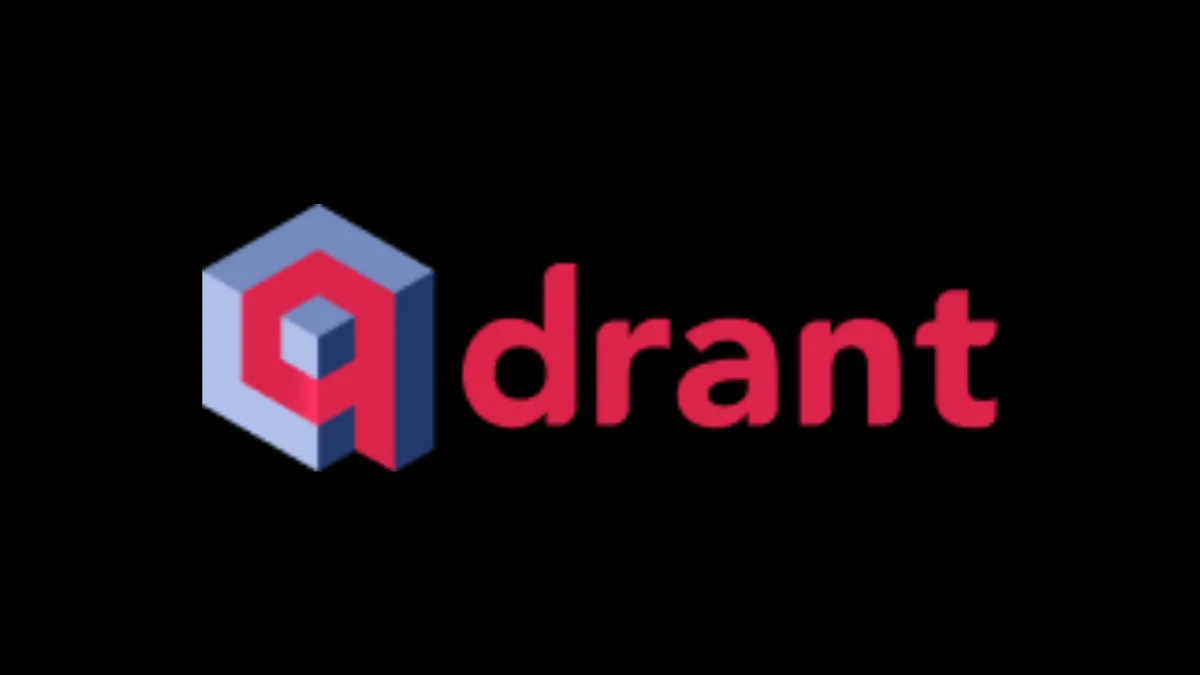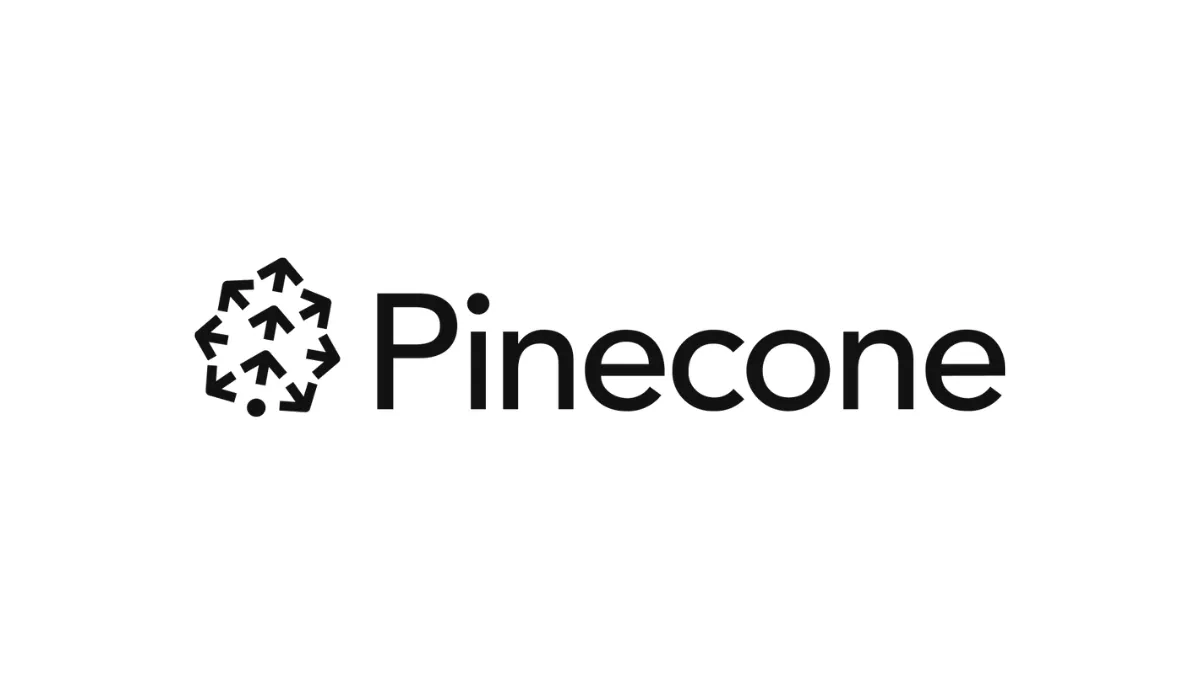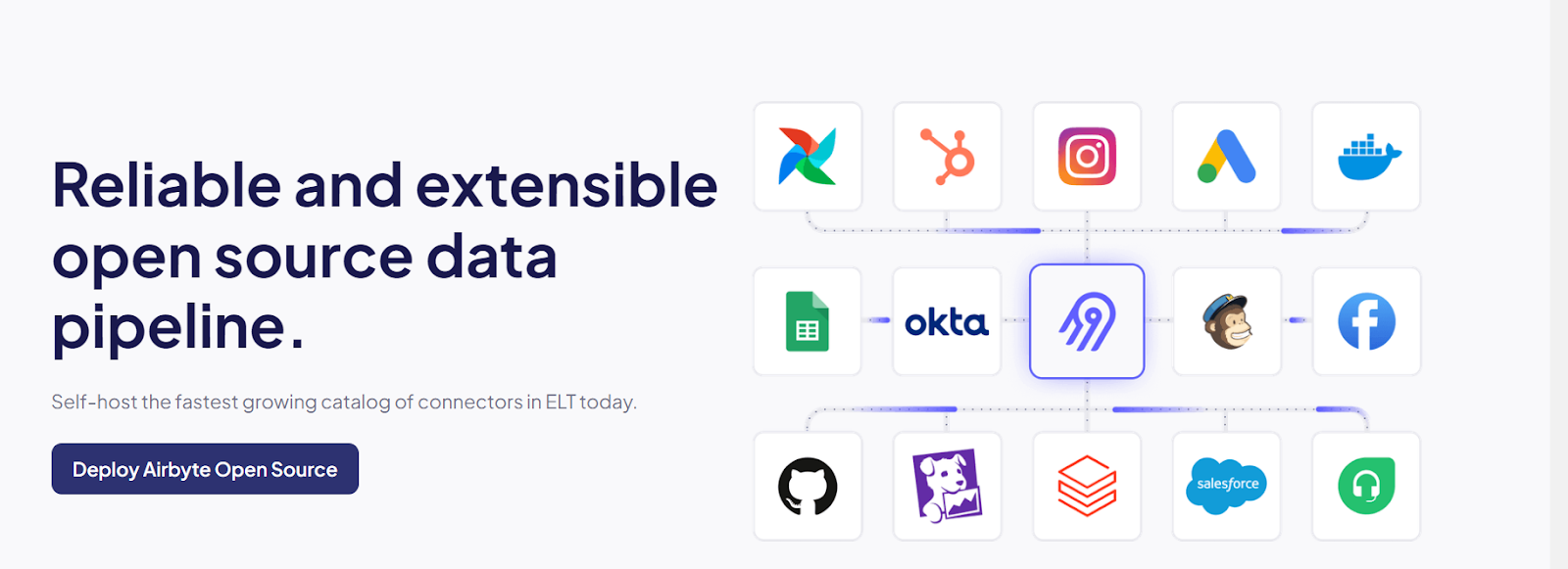Qdrant Vs Pinecone - Which Vector Database Fits Your AI Needs?
Summarize this article with:
✨ AI Generated Summary
Vector databases like Qdrant and Pinecone enable efficient similarity search on machine-learning embeddings, with Qdrant offering flexible deployment (on-prem, hybrid, cloud) and deep customization, while Pinecone provides a fully managed, auto-scaling SaaS solution. Key differences include:
- Qdrant: Open-source, supports on-disk storage, advanced filtering, hybrid queries, GPU acceleration, and strong compliance features for regulated environments.
- Pinecone: Cloud-native, serverless architecture with automatic scaling, low-latency queries, and enterprise-grade security certifications (SOC 2, GDPR, HIPAA).
- Both platforms emphasize privacy-preserving search, GPU optimizations, and support enterprise security, but differ in deployment flexibility versus managed convenience.
Vector databases are specialized systems that enable you to interact with abstract data representations generated by machine-learning models such as deep learning. These representations are called vector embeddings—compressed versions of large data that power tasks like sentiment analysis or speech recognition.
Qdrant and Pinecone are two of the best-known vector databases. Qdrant offers scalable search and advanced filtering, while Pinecone is known for its high-performance similarity search.
This article outlines the differences between Qdrant and Pinecone, along with their unique benefits and use cases.
What Are the Key Characteristics of Qdrant as a Vector Database?

Qdrant is the industry's first vector database that can be run in a managed hybrid-cloud model, alongside Qdrant Cloud and Docker node deployments. It specializes in similarity search and lets you store, manage, and search data with additional payload—extra information attached to each vector that improves relevance.
Key Features and Functionalities
- Filtering: Qdrant lets you apply conditions to search and retrieve operations: Filtering clauses combine conditions with
OR,AND,NOT. Filtering conditions apply conditional queries to payload values (e.g., "value equals X"). - Hybrid Queries: Hybrid queries blend similarity-based search with metadata filtering. Qdrant's new Distribution-Based Score Fusion (DBSF) algorithm optimizes how sparse and dense vector results are merged, outperforming traditional score averaging in recall tests.
- Recommendation Searches: APIs help you find vectors similar to—or different from—one another, supporting recommendation systems and exploratory analytics.
- Indexing: Supports vector, full-text, payload, tenant indexes, and more. On-disk payload indexing now reduces RAM requirements, enabling 500 M+ vectors on a single node.
- Quantization: Scalar, binary, and product quantization compress data while preserving meaning. New binary quantization cuts memory use for high-dimensional vectors without sacrificing accuracy.
Applications of Qdrant
- Retrieval-Augmented Generation (RAG): Feed relevant vector data to GenAI models.
- Data Analysis: Identify patterns in complex datasets quickly.
- Recommendation Systems: Build responsive recommenders via the Recommend API.
- Multimodal Search: Cloud Inference lets you search text + image vectors with models like CLIP and MiniLM.
What Are the Core Features of Pinecone's Vector Database Platform?

Pinecone is a cloud-native, fully managed vector database for storing and querying embeddings. It provides long-term memory for high-performance AI, delivering low-latency queries and scaling to billions of vectors.
Key Features and Functionalities
- Fully managed: Infrastructure handled for you.
- Serverless & pod architecture: Serverless (AWS) or pod-based (Azure, GCP, AWS) deployments.
- Hybrid search: Dense + sparse vectors in one query using cascaded hybrid search.
- Pinecone Assistant: Upload docs, ask questions, get citations, all with metadata awareness.
- Global control plane: Single API endpoint routes to the nearest region automatically.
Applications of Pinecone
- Similarity search for meaning and context.
- NLP tasks such as classification, sentence similarity, and summarization.
- Real-time AI apps with sub-10 ms responses.
- Enterprise RAG systems with dynamic replication and auto-scaling.
How Do Privacy-Preserving Vector Search and Security Considerations Impact Your Database Choice?
Modern vector databases must handle sensitive data securely. Privacy-preserving vector search is crucial in regulated industries.
Encryption & Secure Search Technologies
- Searchable Encryption (SE): Query encrypted embeddings without decryption.
- Additively Homomorphic Encryption (AHE): Supports inner-product calculations for cosine similarity 47× faster than fully homomorphic methods.
- Trusted Execution Environments (TEEs): Hardware-based secure enclaves (e.g., Intel SGX).
Federated Learning Integration
Federated Vector Similarity Search (FedVS) lets multiple parties compare embeddings without centralizing data, using local refinement plus secure aggregation via TEEs and differential privacy.
Enterprise Security Implementations
- Qdrant Enterprise Security: SOC 2 Type II certification achieved in 2024, granular RBAC, JWT, SSO/SAML 2.0, immutable audit logs, private VPC peering.
- Pinecone Security Architecture: RBAC, SOC 2/GDPR/HIPAA compliance, AWS PrivateLink.
What Performance Optimization and GPU Acceleration Options Are Available?
Vector databases increasingly use GPU acceleration and advanced indexing for sub-millisecond queries on billion-scale datasets.
GPU-Accelerated Indexing Architectures
- Hybrid CPU/GPU partitioning: Hot clusters in GPU HBM, cold clusters in CPU memory, cutting ANN latency 19–83× while keeping 99.9 % recall.
- GPU-native algorithms: RAPIDS cuVS with CAGRA hits 780 K QPS on 1 B+ vectors; IVF-PQ builds indexes 40× faster on GPUs.
Advanced Optimization Techniques
- Qdrant tuning: Scalar quantization + on-disk vectors (4× memory cut, 2.8× faster), HNSW re-scoring, optimized segment configs delivering 12 K QPS.
- Pinecone optimizations: gRPC multiplexing (8 K concurrent requests), namespace partitioning, serverless auto-scaling. Recent benchmarks show Pinecone achieving 150 QPS using p2 pods while Qdrant delivered 326 QPS in comparative testing.
How Do Qdrant and Pinecone Compare Across Core Features?
Deployment Model
- Qdrant: Docker, Qdrant Cloud, hybrid, air-gapped. Qdrant Hybrid Cloud launched in 2024 as the industry's first managed vector database deployable in any environment.
- Pinecone: SaaS with a global control plane; no infra to manage.
Storage Model
- Qdrant: Optional on-disk vectors, RocksDB payloads, quantization.
- Pinecone: In-memory with blob-storage clustering, zero-downtime updates.
Performance
- Qdrant: Batch parallelization, binary quantization, GPU support.
- Pinecone: Serverless auto-scaling, sub-10 ms p95 latency.
Hybrid Search
- Qdrant: Custom weightings via DBSF.
- Pinecone: Cascaded sparse → dense refinement with hosted re-ranking. Recent improvements show better performance compared to using dense or sparse retrieval alone.
Security
- Qdrant: JWT, TLS, RBAC, VPC peering.
- Pinecone: RBAC, PrivateLink, SOC 2, HIPAA, GDPR.
Pricing
- Qdrant: Free OSS, cloud consumption, enterprise support.
- Pinecone: Tiered usage-based pricing ranging from free plan to $50/month for starter plans, $500/month for enterprise plans.
What Are Qdrant and Pinecone's Unique Differentiators?
Qdrant
- Open-source and highly customizable.
- Multi-vectors per point for multimodal data.
- No metadata size limits.
- Built-in multimodal Cloud Inference with Qdrant Cloud Inference launched in July 2025, enabling users to generate, store, and index vector embeddings within a single database environment.
Pinecone
- Developer-friendly APIs and tooling.
- Automatic serverless scaling.
- Separate storage & compute for efficiency.
- Assistant API with metadata-aware chat and citations. Recent integrated inference platform launch in December 2024 added built-in and fully managed inference capabilities directly into the vector database.
How Do You Choose the Right Vector Database?
- Choose Qdrant when you need flexible deployment (on-prem, hybrid) and deep customization, or must comply with strict data-sovereignty rules.
- Choose Pinecone when you prefer a fully managed, auto-scaling service with minimal operational overhead.
Consider:
- Compliance requirements – air-gapped vs. cloud-native.
- Cost predictability – OSS vs. consumption pricing.
- Performance control – fine-tuning vs. optimized defaults.
- Developer bandwidth – infra expertise vs. out-of-the-box service.
How Can You Streamline Data Flow for Vector Databases with Airbyte?

Airbyte simplifies data synchronization into vector databases such as Qdrant and Pinecone.
How Airbyte Helps
- 600 + pre-built connectors for secure data movement.
- Automatic chunking & indexing with built-in LLM providers.
- Multiple sync modes for granular pipeline control.
- Flexible deployment – local, Airbyte Cloud, or hybrid.
Enterprises moving >2 PB/day use Airbyte's Kubernetes-native architecture for high availability and disaster recovery, ensuring continuous data flow to their vector databases.
Conclusion
The choice between Qdrant and Pinecone hinges on your technical needs, compliance constraints, and operational goals.
Qdrant offers deployment flexibility and open-source customization, making it ideal for regulated environments and teams that need infrastructure control. Pinecone delivers an auto-scaling, fully managed experience, perfect for teams prioritizing rapid deployment and minimal overhead.
As vector databases advance with GPU acceleration and privacy-preserving tech, balancing flexibility against simplicity will remain central to your decision.
Frequently Asked Questions
What Are the Main Differences Between Qdrant and Pinecone?
Qdrant is an open-source vector database that offers flexible deployment options, including on-premises, cloud, and hybrid configurations. It provides deep customization capabilities and unlimited metadata handling. Pinecone is a fully managed cloud-native service that emphasizes simplicity and automatic scaling with minimal operational overhead.
The key difference lies in deployment flexibility versus managed convenience. Qdrant suits organizations needing infrastructure control or data sovereignty requirements, while Pinecone works best for teams wanting a plug-and-play solution.
Which Vector Database Is Better for Enterprise Use Cases?
Both platforms serve enterprise needs but in different ways. Qdrant excels in regulated industries requiring on-premises deployment, data sovereignty, or extensive customization. Its open-source nature allows organizations to modify and extend functionality as needed.
Pinecone serves enterprises prioritizing rapid deployment, automatic scaling, and minimal maintenance overhead. Its fully managed approach eliminates infrastructure concerns while providing enterprise-grade security and compliance features.
How Do Performance Capabilities Compare Between the Platforms?
Qdrant offers customizable performance optimization through features like scalar quantization, on-disk storage, and GPU acceleration support. It allows fine-tuning of indexing algorithms and memory usage patterns to optimize for specific use cases.
Pinecone focuses on delivering consistent high performance through automatic optimization and serverless scaling. It handles performance tuning automatically while providing millisecond query latency and handling billions of vectors seamlessly.
What Security Features Do These Vector Databases Provide?
Both platforms offer enterprise-grade security features. Qdrant provides JWT authentication, TLS encryption, role-based access control, SSO/SAML 2.0 integration, and private VPC peering. However, there is no public evidence that Qdrant has achieved SOC 2 Type II certification or offers comprehensive audit logging capabilities.
Pinecone includes role-based access control, API key authentication, AWS PrivateLink connectivity, and maintains SOC 2, GDPR, and HIPAA compliance certifications. Both platforms support secure data handling for regulated industries.
How Should I Choose Between Qdrant and Pinecone for My Project?
Consider your deployment requirements first. Choose Qdrant if you need on-premises deployment, hybrid cloud configurations, or extensive customization capabilities. It works well when you have specific compliance requirements or want to avoid vendor lock-in.
Select Pinecone if you prefer a fully managed service with automatic scaling and minimal operational complexity. It suits projects needing rapid deployment, consistent performance, and enterprise support without infrastructure management responsibilities.

.webp)
